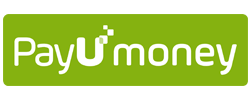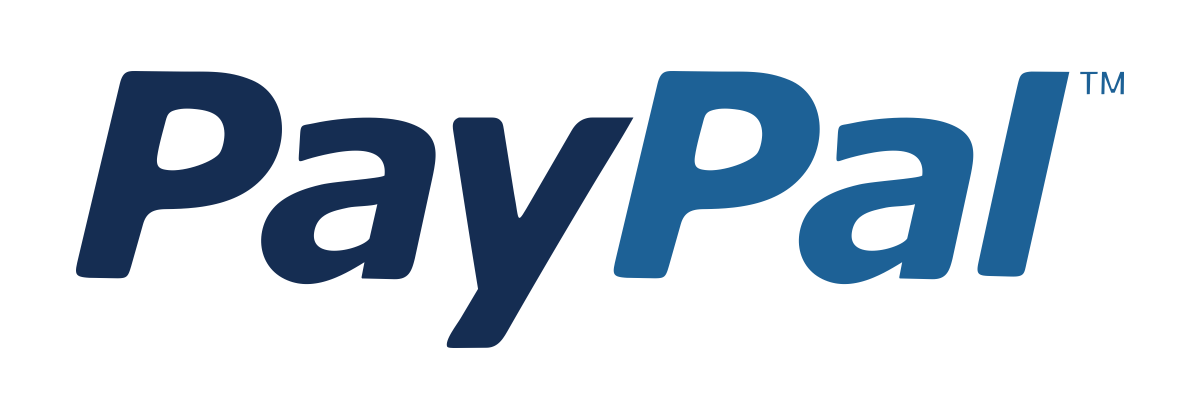React (Beginner to Guru)
Master Modern Frontend Development with React, Hooks, State Management, and Full-Stack Integration 92% Started a new career
BUY THIS COURSE (
92% Started a new career
BUY THIS COURSE (USD 12 USD 41 )-
 83% Got a pay increase and promotion
83% Got a pay increase and promotion
Students also bought -
-
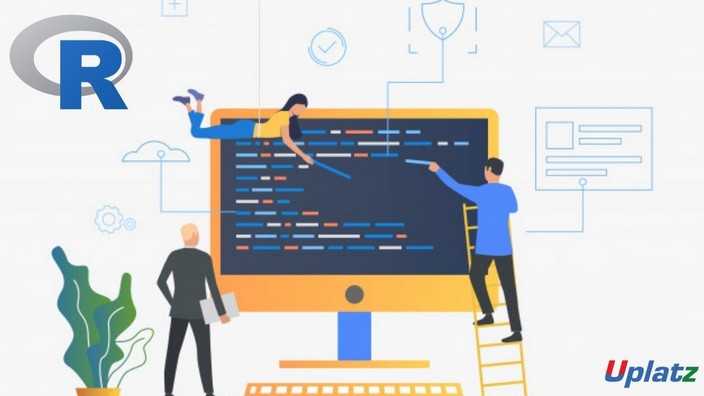
- R Programming
- 10 Hours
- USD 12
- 1821 Learners
-

- Angular: Create Powerful and Responsive Web Applications
- 21 Hours
- USD 12
- 1775 Learners
-
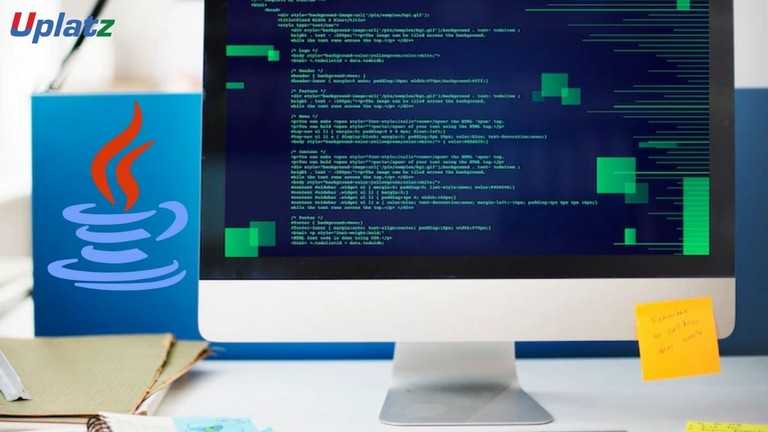
- Java Programming (advanced)
- 10 Hours
- USD 12
- 316 Learners
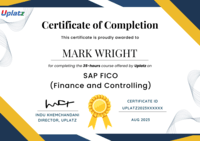
- Build and manage component-based React applications from scratch
- Work with React Hooks to manage state, lifecycle, and side effects
- Implement single-page routing with React Router
- Manage global state using Redux Toolkit, Zustand, and Context API
- Integrate REST APIs and build authentication flows with JWT/Firebase
- Use Next.js for SSR, SSG, dynamic routing, and backend logic
- Write and maintain clean, tested, and optimized codebases
- Design user interfaces with Tailwind CSS, MUI, and Chakra UI
- Deploy applications with Netlify, Vercel, or GitHub Pages
- Prepare for React Developer roles with portfolio-ready projects
- Overview of ReactJS
- Why React is in demand and worth learning
- Introduction to Node.js and Vite
- Installing Node.js and Visual Studio Code
- Recommended extensions for React development
- Creating and configuring your first React project
- Introduction to useState
- Adding interactivity to your app using state
- Hands-on examples
- Deep dive into form inputs and data binding
- Managing form state using useState
- How to update parent state from a child component
- Understanding React’s unidirectional data flow
- Working with useEffect hook
- Implementing debouncing to enhance performance
- Introduction to the useRef hook
- Common use cases and best practices
- Creating modal overlays using useState, useEffect, and useRef
- Using useContext for managing global state
- Creating and consuming context with examples
- Various methods for styling React components
- CSS Modules, inline styles, and styled-components
- Building a Task Manager using React and Tailwind CSS
- Implementing local storage for data persistence
- Introduction to React Router
- Creating single-page applications with multiple routes
- Understanding the useReducer hook
- Implementing it in a Tailwind-styled example
- State management using Redux
- Hands-on example of integrating Redux in a React app
- Comparing Context API and Redux
- Choosing the right tool for the right use case
- Implementing authentication features
- Small project demonstrating user login/logout flow
- Techniques to improve performance
- Lazy loading images and components
- Creating a project using React, Axios, and Tailwind CSS
- Consuming RESTful APIs with Axios
- Deployment strategies and best practices
- Hosting your app on different platforms
- Introduction to React Query library
- Efficient data fetching and caching techniques
- Why TypeScript is preferred over JavaScript in modern apps
- Basic types, interfaces, and usage
- Building React apps using TypeScript
- Key differences and benefits over plain JavaScript
-
Common React interview questions
-
Self-guided research for answers and deep understanding
Upon successfully completing the React – Beginner to Guru course, learners will be awarded a Course Completion Certificate from Uplatz. This certification is a powerful testament to your expertise in React and modern frontend development, demonstrating that you've completed in-depth training in a technology stack that powers some of the world’s most sophisticated web applications.
The certificate not only verifies that you’ve gained hands-on experience with React components, Hooks, routing, global state management, and full-stack integration—it also confirms your proficiency in using tools like Redux, Next.js, Firebase, and modern UI libraries. It highlights your ability to build responsive, secure, and scalable applications and to work with real-world workflows including API integration, authentication, testing, and deployment.
This credential enhances your professional profile on platforms like LinkedIn, GitHub, and job applications. It signals to employers, clients, and recruiters that you are not just familiar with React—you have the depth of knowledge, project experience, and modern practices to work confidently in dynamic development environments. Whether you're aiming for a React Developer position, freelance projects, or launching your own product, this certification adds credibility and a competitive edge to your career journey.
React developers are among the most sought-after professionals in the tech industry. By mastering React and modern tools like Next.js and Redux, you open doors to roles in both startups and enterprise settings.
Career roles include:
- React Developer
- Frontend Developer
- Full-Stack Developer (MERN/Next.js)
- UI Engineer
- JavaScript Developer
- Software Engineer – Frontend
This course prepares you for technical interviews, freelance gigs, and product development opportunities. With your portfolio and certification, you’ll stand out in job applications and client pitches.
- What is the Virtual DOM in React?
A: It’s a lightweight in-memory representation of the real DOM that React uses to perform efficient updates by comparing changes via a diffing algorithm. - What are React Hooks?
A: Functions like useState and useEffect that let you use state and lifecycle features in functional components. - How does Redux differ from Context API?
A: Redux is more scalable and better suited for complex state management; Context is great for simpler or local data sharing. - What is SSR in Next.js?
A: Server-Side Rendering allows pages to be rendered on the server, improving performance and SEO. - How do you optimize a React app?
A: Use memoization (useMemo, React.memo), lazy loading, code splitting, and efficient state design. - Is this course suitable for someone with no prior React experience?
Yes, the course starts from the basics, making it suitable for beginners while progressing to advanced concepts like hooks, routing, and full-stack integration. - Do I need to know JavaScript before taking this course?
Yes, a fundamental understanding of modern JavaScript (ES6+) is recommended, as React builds heavily on JavaScript concepts like destructuring, callbacks, and async/await. - Will I learn how to deploy real React applications?
Absolutely. The course covers deployment using platforms like Netlify, Vercel, and GitHub Pages, including environment configuration and CI/CD basics. - 4. Are there real projects included in the course?
Yes, the course includes multiple real-world projects such as an e-commerce site, blog platform, and portfolio, allowing you to apply what you learn and build a strong portfolio. - What roles can I apply for after completing this course?
You can apply for roles such as React Developer, Frontend Engineer, Full-Stack Developer (MERN), UI Developer, or JavaScript Engineer across startups, agencies, and tech companies.






